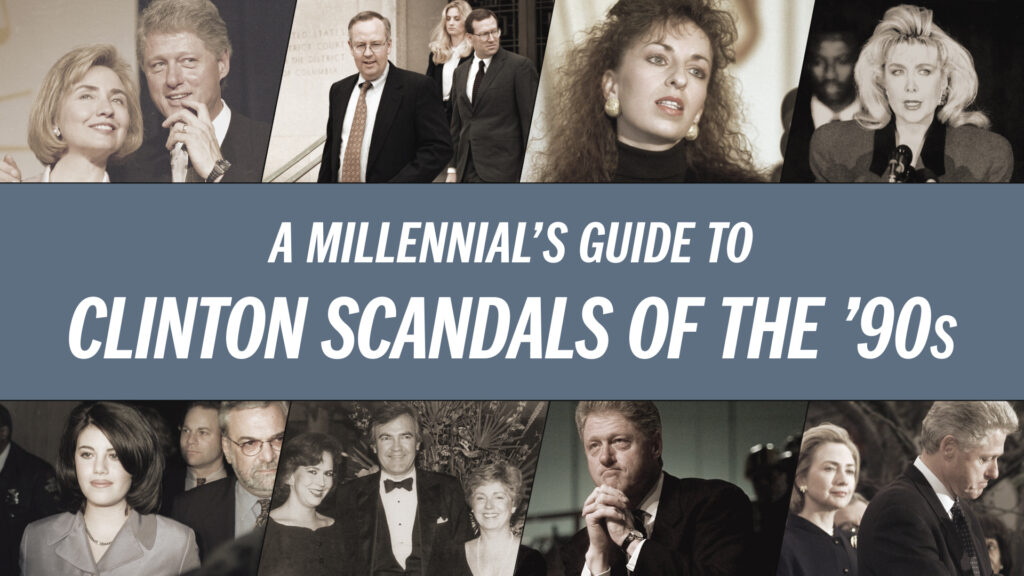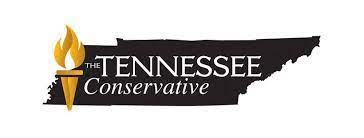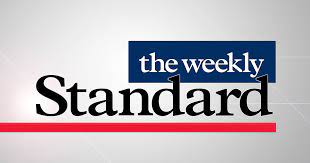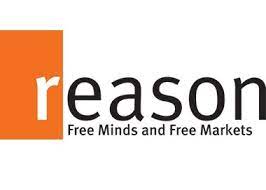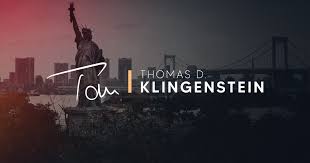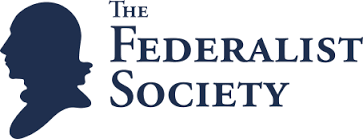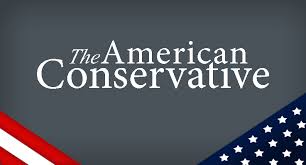Manufacturing Myths, Demonizing Dissent
An extended diatribe against the proponents of limited government and free markets perpetuates, rather than debunks, economic myths. Does capitalism really threaten the future of life on Earth?
This essay originally appeared in Law & Liberty on April 5, 2023 (here). Thanks to Power Line, Instapundit (here), Cafe Hayek, The American Project, National Review Online (here), and the Future of Freedom Foundation!
The fever swamps of overheated ideology often produce—in addition to extremist rhetoric—preposterous conspiracy theories. This longstanding phenomenon exists across the political spectrum: Alleged plots featuring QAnon, the Illuminati, Freemasons, Dominion voting machines, fluoridation, Area 51, and Trump-Russia collusion; alleged hoaxes involving the moon landing, 9/11, the Sandy Hook Elementary School shooting, and The Protocols of the Elders of Zion; and claims that President Dwight D. Eisenhower was a “dedicated, conscious agent” of the Soviet Union, that the Holocaust didn’t happen, and many more.
Who can forget Hillary Clinton’s 1998 claim on NBC’s Today show that political attacks on her husband (then-President Bill Clinton), relating to the Whitewater investigation and his perjured denial of sexual misconduct with White House intern Monica Lewinsky, were the result of a “vast right-wing conspiracy”?
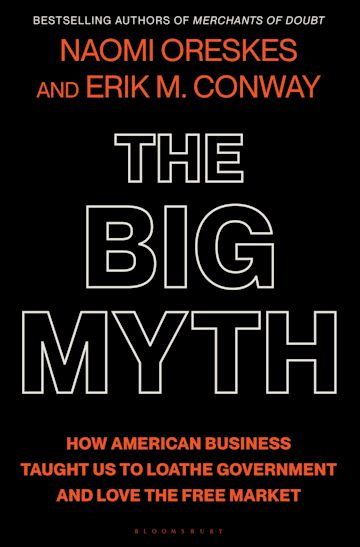
Naomi Oreskes and Erik Conway, authors of the best-selling book Merchants of Doubt (2010) (subtitled “How a Handful of Scientists Obscured the Truth on Issues from Tobacco Smoke to Climate Change”), have written a new book, The Big Myth, that concocts a conspiracy theory that dwarfs Hillary Clinton’s audacious charge. Subtitled “How American Business Taught Us to Loathe Government and Love the Free Market,” The Big Myth argues—or rather harangues, for over 500 pages—that free-market economics don’t work, and that Americans’ affection for capitalism is due solely to a massive, “fabricated,” “meretricious” propaganda campaign. This bold thesis is both far-fetched and unconvincing—silly, even.
To be fair, the authors slyly disclaim the precise term “conspiracy,” preferring instead the synonymous formulation of “a group of industrialists,” acting under a common “umbrella,” engaged in a coordinated “project” to promote the myth of capitalism to the American public. Oreskes and Conway claim that an “interconnected…network of people…used this mutual support to promote a singular myth.”This is a conspiracy theory even if the authors dare not call it by that name. The alleged conspiracy to “manufacture” the “false idea” of capitalism (or the authors’ preferred epithet, “market fundamentalism,” using a term popularized by George Soros) as a superior arrangement to government command-and-control is vast indeed. Who was in on it? Nearly everyone, it turns out.
The wide-ranging plotters include the National Association of Manufacturers, General Electric, the Koch brothers, the Foundation for Economic Education, the Mont Pelerin Society, the Heritage Foundation, the Cato Institute, the American Enterprise Institute, the Wall Street Journal, Ronald Reagan (as President and, earlier, as host of the popular TV show GE Theater), Ayn Rand, the University of Chicago economics department, Leonard Read, William F. Buckley Jr., and—remarkably—Ludwig von Mises (“an absolutist who sympathized with fascism”), Henry Hazlitt, and Nobel Prize winners George Stigler, Milton Friedman, and Friedrich Hayek.
The Big Myth even implicates Laura Ingalls Wilder (author of the beloved Little House on the Prairie series) and her daughter, “libertarian journalist” Rose Wilder Lane! In fact, virtually every libertarian and center-right figure espousing economic views in the past century is allegedly complicit in this massive conspiracy to deceive the American public about the mythical merits of capitalism versus government regulation of the economy. (Liberty Fund may feel slighted that neither it nor its founder, Pierre Goodrich, is included in the alleged pro-free market cabal.) The implicit premise of The Big Myth provides an illuminating insight into the left-wing mindset prevalent in academia: The self-righteous authors assume that everyone would share their democratic-socialist worldview (which they declare to be “the truth”) in the absence of cupidity or deceit. Good faith disagreement is not possible. Call it demonizing dissent.
As a proponent of free-market economics, I remain uncertain whether I am a victim of the conspiracy (having been influenced by Friedman’s Capitalism and Freedom and Free to Choose in my youth), an unwitting accomplice (having written for FEE’s publication The Freeman), or an unheralded co-conspirator (without even being aware of its existence). No matter, the appeal of conspiracy theories—to both ideologues and over-zealous prosecutors—is that the net is large enough to ensnare a broad swath of alleged perpetrators. In the loopy guilt-by-association of The Big Myth, all relationships among supporters of capitalism are suspicious. Thus, the authors breathlessly note that Sun Oil president J. Howard Pew–“a leading figure” in one of their (many) bête noires, NAM—“also backed Billy Graham and Norman Vincent Peale. (Peale’s parishioners included Fred and Mary Trump.)” Voila, the dots all connect!
The Big Myth boasts enthusiastic blurbs by various leftist academics, writers, and politicians, including Duke University professor Nancy MacLean, whose 2017 hatchet job on Nobel Prize-winning economist James Buchanan, Democracy in Chains, was widely and roundly condemned; Jane Mayer, co-author of Strange Justice (1994), a tendentious account of the Clarence Thomas confirmation hearings; and ultra-partisan U.S. Senator Sheldon Whitehouse (D-RI). Detect a pattern? The Big Myth is an apocalyptic sermon directed to the woke choir: “Our futures depend on rejecting [the big myth],” which “has blocked the efforts we must take to reverse the heating of our planet and protect the very existence of the world as we know it.” Repent! The end is near!
What are the elements of the alleged conspiracy to promote the merits of capitalism? While conceding that the case for free markets contains a “kernel of truth”—the efficient allocation of resources and signaling consumer preferences, for example–Oreskes and Conway point out that capitalism is not perfect, citing the use of child labor, workplace injuries, and other “social costs” that were a feature of late 19th century America. This is a classic straw man argument. Defenders of capitalism don’t contend that free markets are perfect, only that they are superior to the pre-industrial feudalism that they replaced or alternative state-run models. Most of the laundry list of “defects” that the authors recite were resolved long ago.
Nor do the authors make a persuasive case that routine public relations, lobbying, and marketing activities by businesses, industry groups (such as privately-owned utilities), and trade associations amount to nefarious “conspiracies” or “propaganda.” If so, K Street in Washington, D.C. would be a crime scene and the flotilla of liberal special interests (climate change activists, ESG supporters, teachers’ unions, trial lawyers, labor unions, renewable energy proponents, the LGBTQ movement, etc.) and their media mouthpieces at CNN, MSNBC, WaPo, the NYT et al. would be equally “guilty.” Cartoons, pamphlets, newspaper columns, and radio shows—the PR tools of yesteryear–have been supplanted by cable TV, blogs, and social media, but the principle remains the same: In a free society, the right to advocate on one’s behalf in the court of public opinion is enshrined in the First Amendment.
Influencing public opinion through the propagation of ideas—as opposed to government mandates–is called “discourse,” not “conspiracy.” If trying to shape the direction of higher education through corporate philanthropy is somehow corrupt, then well-funded campus campaigns on behalf of critical race theory, identity politics, diversity/equity/inclusion, “social justice,” indigenous land acknowledgements, and other causes dear to the left are equally culpable. The same is true for contemporary efforts to promote liberal politics (as opposed to individualism) through mainline churches.
The 20th century movement Oreskes and Conway condemn has reversed—without their objection—in recent decades. Aren’t woke capitalism, the World Economic Forum, and foundations established by progressive Big Tech moguls merely the modern counterpart to (and converse of) American business’s PR efforts a century ago? If Hollywood had an agenda in the 1940s and 1950s, hasn’t the tide now turned powerfully in the opposite direction? Can one fairly complain about past “conservative” influence in various spheres without at least acknowledging the contrary (and still-prevailing) trends that followed? The Big Myth simply ignores the left’s countervailing influence—“the long march”—over America’s institutions.
This myopic perspective pervades The Big Myth. Oreskes and Conway simply presume that FDR “saved” the United States from economic calamity, that the New Deal was a godsend in all respects, that federal regulation has produced nothing but beneficial results wherever and whenever it was introduced, and that opposition to the foregoing must have been inspired by greed, malevolence, or sheer ignorance. Oreskes and Conway posit, comically, that no one would believe in the free enterprise system, the sanctity of private property, or the importance of private ordering to the maintenance of political freedom in the absence of an orchestrated campaign of trickery, deception, and outright fraud. The authors dismiss the notion that the Founders were committed to free enterprise as a “fabricated claim” and “flagrantly false.” Adam Smith’s“invisible hand is invisible because it doesn’t actually exist.”
Oreskes and Conway make no effort to be objective, at one point claiming that in the 1930s the New York Times “had established a reputation for accurate and objective reporting,” ignoring the egregiously-false, pro-Stalin reporting of the Times’ Moscow correspondent Walter Duranty during that period. Fossil fuels, the lifeblood of our economy, are a “dangerous product.” Employers’ opposition to union organizing was “corporate civil disobedience.” Businesses wishing to preserve their management prerogatives are guilty of “the fetishization of freedom.” Cross-continental railroads, which advanced the settlement (or, in the authors’ favored parlance, colonization) of the west, were not an engineering triumph but instead “greatly accelerated the destruction of ecosystems and the slaughter of Indigenous peoples.”
The authors also insinuate that Ager Hiss was falsely accused of espionage by Whittaker Chambers, ignoring the overwhelming evidence (from the declassified Venona files) of Hiss’ guilt as a Communist spy. Robert Bork “should really be remembered for his role in undermining the structure of American antitrust jurisprudence.” The creation of the national park system was “classist, sexist, and racially problematic.” Fox News (but not CNN or MSNBC) is an “overtly partisan, propagandistic news network that [has] helped to create and sustain our current polarized society.” The authors excoriate various figures on the right for “blatant racism” and antisemitism, while burying in a footnote the concession that “This is not to say that progressives were perfect; their movement, like most of American history, was marred by racism and sexism.” And so forth, ad infinitum.
Those who travel in center-right circles will be amused at the notion that wildly disparate—and often feuding–factions would (and allegedly do) work in concert with one another: libertarians and conservatives; atheists and sectarians; Catholics and Protestants; the Old Right and establishment Beltway think tanks; big business and free market purists, and so forth. Anyone familiar with the internecine quarrels among these groups will find the prospect of a conspiracy to be laughable.
While many people were allegedly involved in the “propaganda campaign” to promote free markets over government regulation, the authors finger Ronald Reagan as a main culprit. To Oreskes and Conway, Reagan’s catch phrase (from his 1981 inaugural address), that “government is not the solution to our problem; government is the problem,” exemplifies the false narrative of “market fundamentalism,” which prevents us from realizing the utopian benefits—salvation, even–of Nordic-style Big Government. Lest the reader think I am exaggerating, here are the closing paragraphs of The Big Myth:
The deification of markets and demonization of government has [sic] deprived us of the tools and the insights we need to address the challenges before us: to live long and healthy lives, to generate prosperity, and to coexist in concord with each other and with the nonhuman inhabitants of our planet. It is time we rejected the myth of market fundamentalism and re-embraced the proven tools we have at our disposal. It takes governance to address the problems that people, pursuing our self-interest, create. One does not have to be a socialist to come to this conclusion. Only an observer.
Ronald Reagan was wrong. Our most consequential problems have arisen not because of too much government, but because of too little. Government is not the solution to all our problems, but it is the solution to many of our biggest ones. (Emphasis added.)
Earlier in the book, the authors risibly opine that “In some countries, concentrated central power may be a threat to liberty, but the United States is not one of them.” In other words, “Don’t worry, the government is here to help you.” Amazingly, Oreskes and Conway cite the COVID pandemic—possibly unleashed on the world due to federally-funded “gain-of-function” research in Wuhan!–as an example of “why some problems demand substantive governmental solutions.” (Other “solutions” favored by the authors include strict gun control laws, a 91 percent top marginal income tax rate, the elimination of income inequality, generous social welfare benefits, reduced defense spending, and, of course, massive government action to address the “existential threat” of climate change.)
The Big Myth is the left’s QAnon: a fantastical conspiracy theory that only the most deluded and credulous followers could take seriously. The Big Myth promotes, rather than dispels, a big myth—the myth that socialism and government control work, and that capitalism and freedom don’t.
